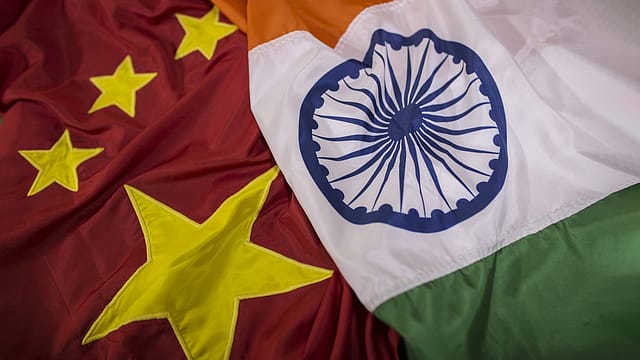India-China economic ties signals fresh momentum, calibrated policy tweaks could help
ADVERTISEMENT

Prime Minister Narendra Modi will meet China's President Xi Jinping during the Shanghai Cooperation Organisation (SCO) summit scheduled in Tianjin, China from August 31 to September 1. This will be the most visible sign of improved relations between the two countries that had taken a severe hit five years ago due to the skirmishes between the troops of both countries posted along the Sino-Indian border.
It is expected that bilateral talks and decisions over faster visa approvals, opening up of border trade, border disputes, lifting of export restrictions (by China) on products like critical minerals and fertilizers etc will all gain strength in the coming days. Will this renewed friendship last? What can be its impact on Indian economy?
But first, let’s set the context right. In the last five years, India had taken a series of policy decisions to put a check on Chinese influence in Indian economy. These included setting stricter norms for foreign direct investments (FDI) from border sharing countries, discouraging Chinese presence in public infrastructure development projects and attempting to reduce import dependence on Chinese goods were initiated. Some did have an impact, but most others did not.
December 2025
The annual Fortune 500 India list, the definitive compendium of corporate performance, is out. This year, the cumulative revenue of the Fortune 500 India companies has breached $2 trillion for the first time. Plus, find out which are the Best B-schools in India.
In an analysis published as part of Carnegie India's Practitioner Paper Series, Santosh Pai, an expert on India-China economic relations points out that irrespective of India’s efforts to reduce Chinese imports, material declines in India’s trade deficit with China on a year-on-year basis have occurred only in response to global events such as the financial recession, the commencement of the U.S.-China trade war in 2018, and the COVID-19 pandemic.
Similarly, he points out that Indian domestic policy has a strong influence on every category of investment flows from China though; investments in the manufacturing sector are more dependent on a liberal ODI (outbound direct investment) regime in China than venture capital flows. Bilateral political ties have a marginal impact on the activities of foreign portfolio investors from China in India, Pai says. He also observes that while revenues of Chinese firms from EPC projects in India have no correlation with either bilateral political ties or Indian domestic policies, the volume of new contracts has a strong relation to both. On imports of goods from China related to public procurement contracts in India, Pai finds no correlation with bilateral political ties or relevant policy changes in India.
The fact that India’s trade deficit with China has hit a record $100 billion in FY2025, and that China now supplies over 70% of India’s needs in several critical areas — including 97.7% of antibiotic erythromycin, 96.8% of silicon wafers, 98.9% of viscose yarn, and 82.7% of solar cells, illustrates the limitations of policy restrictions to discourage import of critical products from China.
Ajay Srivastava, founder of Delhi based think tank Global Trade Research Initiative (GTRI) had recently termed China’s easing of restrictions on export of certain goods to India as ‘tactical gesture’ and stated that in the long run, India should focus on reducing dependence, strengthening domestic manufacturing, and building resilient supply chains to deal with China from a position of strength.
Pai suggests that India should learn from its previous policy initiatives and adopt a calibrated approach going forward. “The FDI screening mechanism was effective in bringing investments (from China to India) to a standstill. Selective approval of investments since 2021 suggests there is scope to develop nuance on this front. Articulating a wide range of criteria for issuance of such approvals would be a logical approach since these criteria will allow for a calibrated response.
Possible criteria can include sector-specific thresholds for investments ranging from highly sensitive to non-sensitive, mandatory spillover effects such as time-bound technology absorption and employment generation, incentives linked to reduction in import dependency or expansion of exports, and targeting FDI toward underdeveloped regions”, Pai says.
Noting that the Public Procurement Order has not had any significant impact on imports of relevant goods and considering the magnitude of India’s public procurement market, Pai argues that the Order has had a perverse impact of subsidizing the excess production capacity of Chinese manufacturers by allowing bidders to continue importing goods from China.
“Instead, a mandate to undertake domestic investments should accompany every award of a government tender that relies on imports. Investments can be sourced from a wide range of sources, including the Indian industry, global private equity funds, and Chinese firms that have relevant expertise”, he suggests.
Pai acknowledges that the blocking of internet applications and venture capital investments in the digital economy has de-risked the Indian internet ecosystem. However, in cases where manufacturing activities are linked to a digital footprint, he proposes contractual joint ventures that allow for Indian ownership and control, accompanied by a licensing arrangement with Chinese firms, could be a good option.
